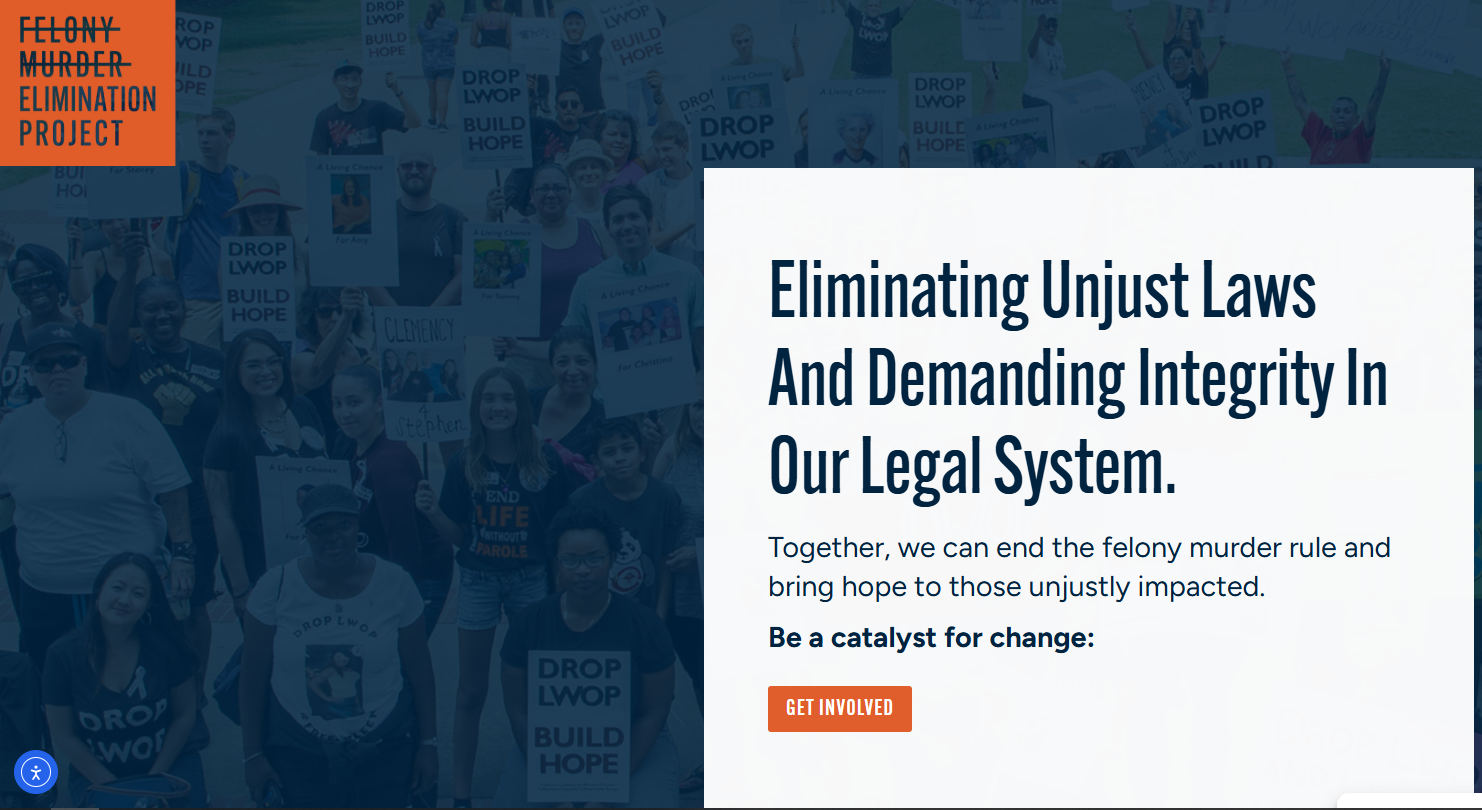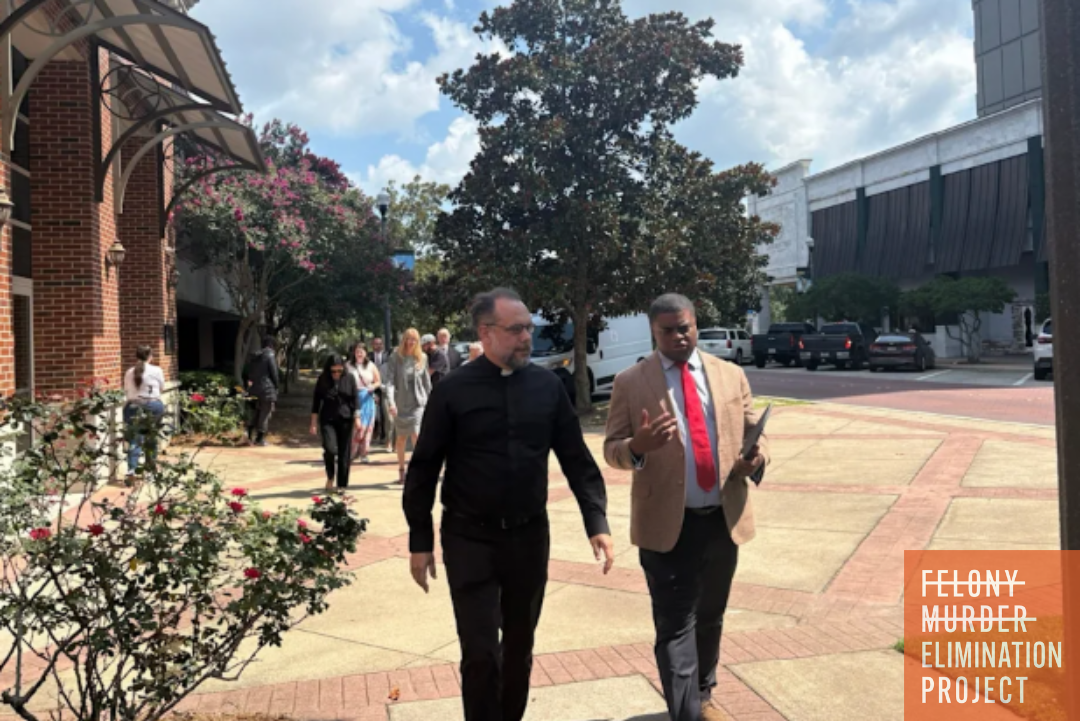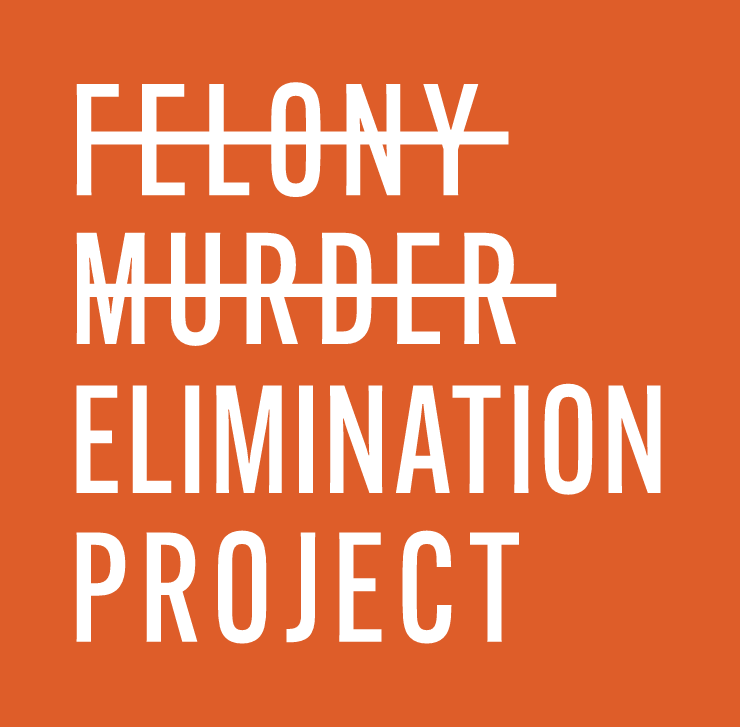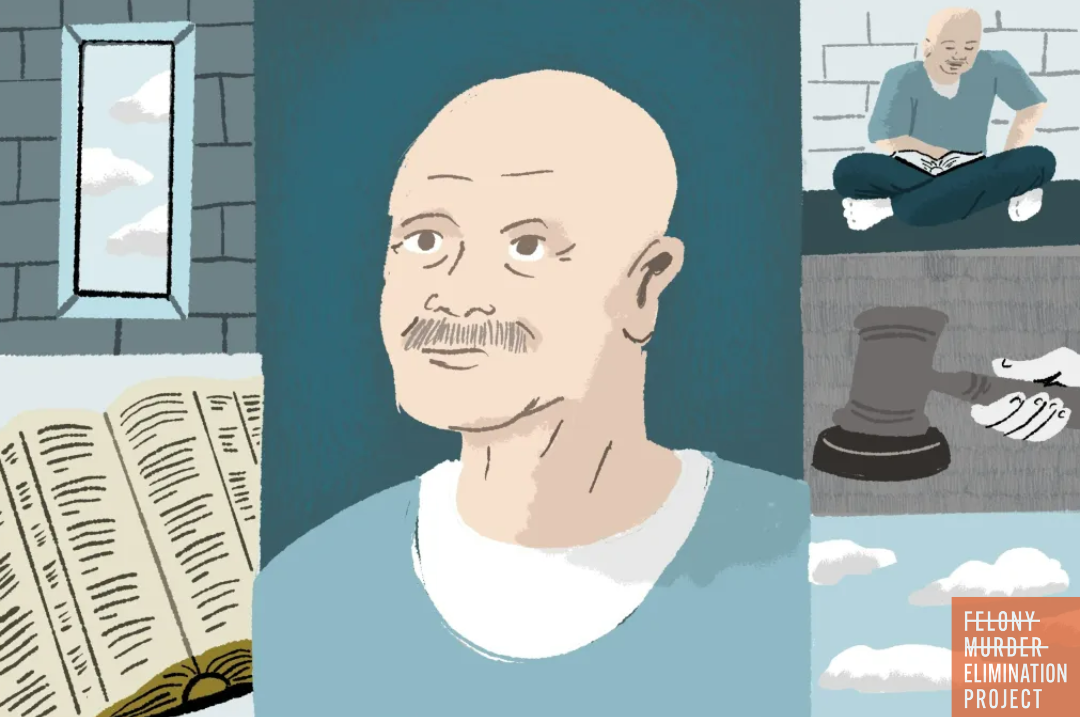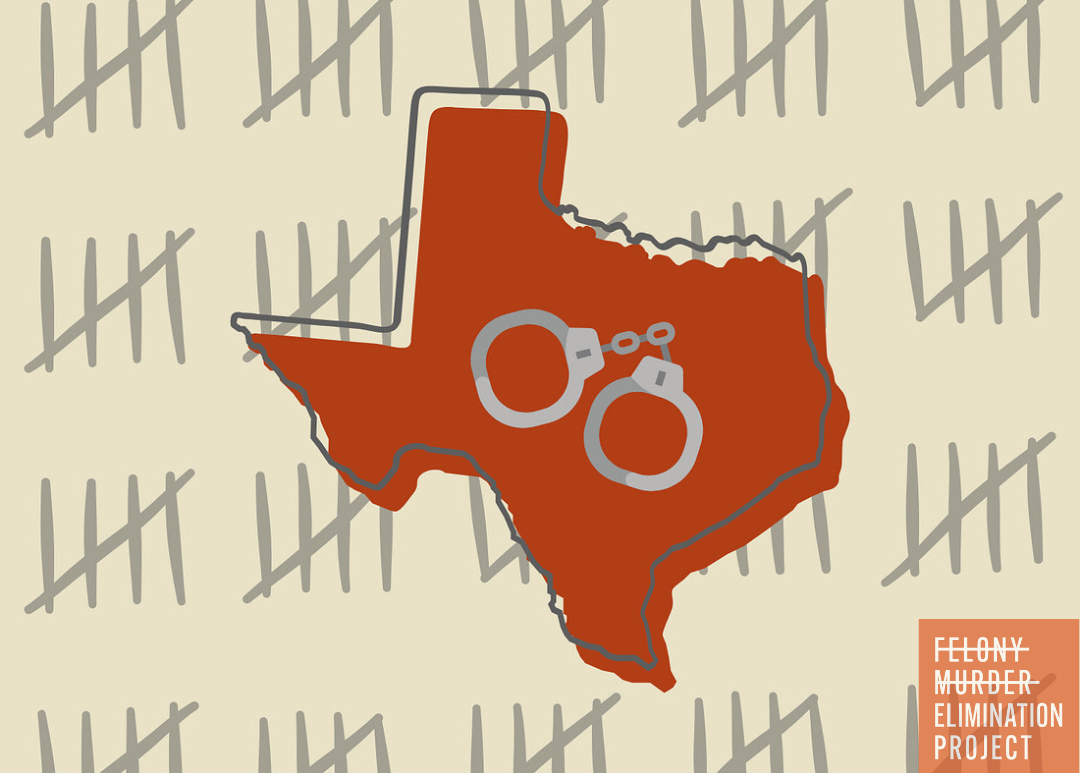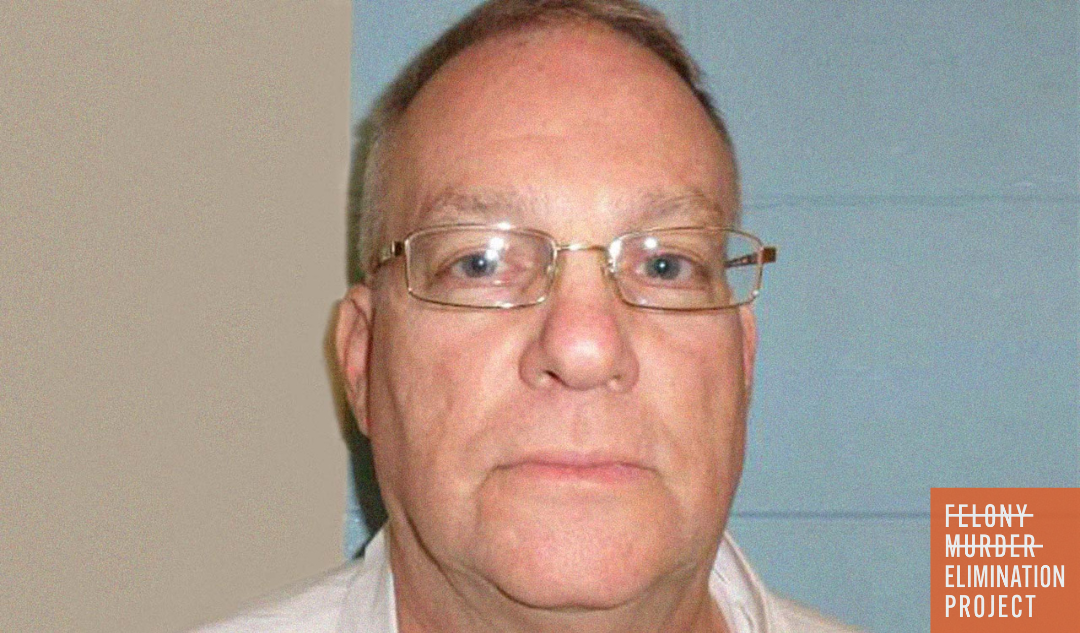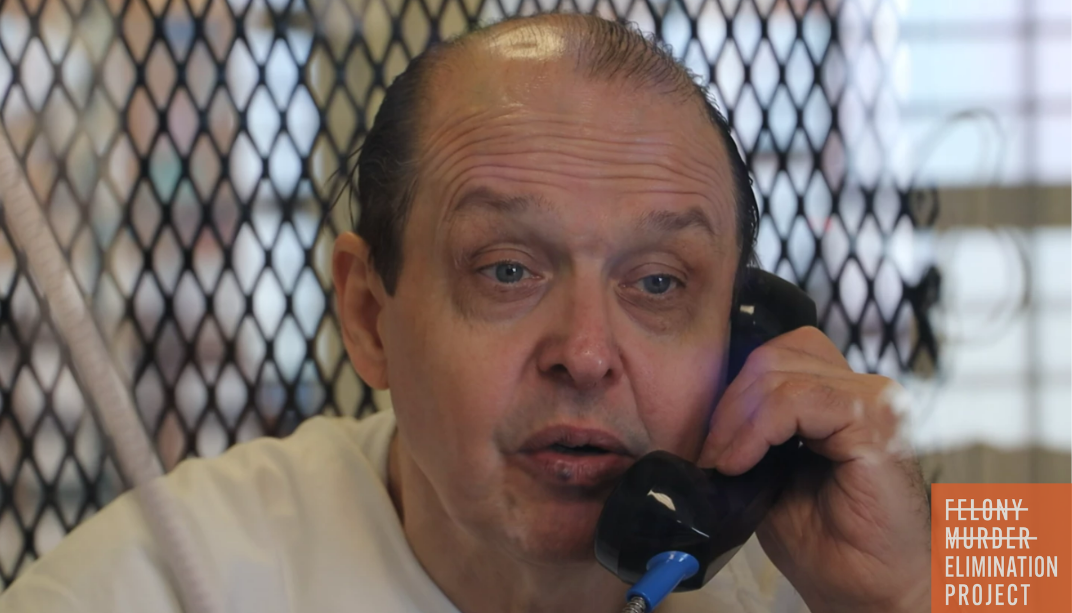Voices of the Incarcerated - Surviving Solitary
What really happens to people deprived of social contact for months or years on end?

For most of the 20th century, prisoners' stays in solitary confinement were relatively short. That's changed over the last two decades or so. Over the last 20 years, so-called "super-max prisons" have become increasingly popular. Tens of thousands of inmates spend years locked in small cells for 23 to 24 hours a day, according to Jeffrey Metzner, MD, a clinical professor of psychiatry at the University of Colorado School of Medicine, and Jamie Fellner, a senior advisor with Human Rights Watch.
As solitary confinement has become more common, so have questions about its psychological impacts. Chief among those questions: What really happens to people deprived of social contact for months or years on end?
Two types of solitary confinement are commonly in use today. The first, known as disciplinary segregation, is leveled as punishment when inmates break the rules.
The second type of confinement is known as administrative segregation, which is used when prisoners are deemed a risk to the safety of other inmates or prison staff. Prisoners in administrative segregation are placed into isolation units for months or years. Corrections officials first turned to this strategy in response to growing gang violence inside prisons. Though critics contend that administrative segregation has never been proven to make prisons safer, use of this type of confinement has continued to rise. That's worrisome to most psychologists who study the issue. Deprived of normal human interaction, many segregated prisoners reportedly suffer from mental health problems including anxiety, panic, insomnia, paranoia, aggression and depression.
*****
Michael J. Nichols was born and raised in Kansas City, Missouri. At age 19 he was convicted of murder and sentenced to life without parole. Nichols wrote "How I Survived a Year in ‘the Hole’ Without Losing My Mind" for The Marshall Project about his experiences with "the hole;" common slang for administrative segregation as part of their "Life Inside" series. Nichols shared his ten tips for how he's survived multiple trips to solitary over the 30+ years of his prison sentence.
At Potosi Correctional Center, the Level 5 maximum security prison in Missouri where I’m currently serving life without parole for murder, the hole is typically a 7-by-9 foot cement room. This room has a steel door with a slot for receiving meals and a small window to see outside. Inside there is just a cot, a thin mattress, a toilet and a sink. You can only shower once a week and spend one hour outside each day. Sometimes you can’t receive mail. And while you can yell out to other prisoners, you can’t see them. If you aren’t prepared for these conditions, they can make you crazy.
In early 2022, when I turned 50, I had just spent a year in the hole in another Missouri prison following a riot. Rev. Mary Mitchell, a minister and longtime friend, asked me how I made it. She wanted to share any advice I had with the other prisoners she corresponds with.
Nichols, age 50, is the co-author of “My Search for Ancient Wisdom: A Prisoner’s Journey of Transformation.” He is also the founder of Kiwa Thinking Network, a spiritual organization, and he is working on a new book, “Penitentiary Science.” You can read the rest of his article "How I Survived a Year in ‘the Hole’ Without Losing My Mind" at The Marshall Project website.

